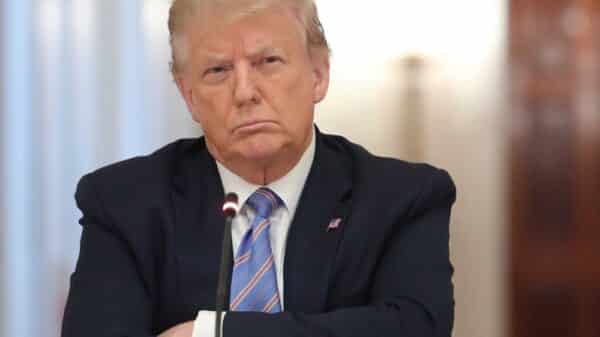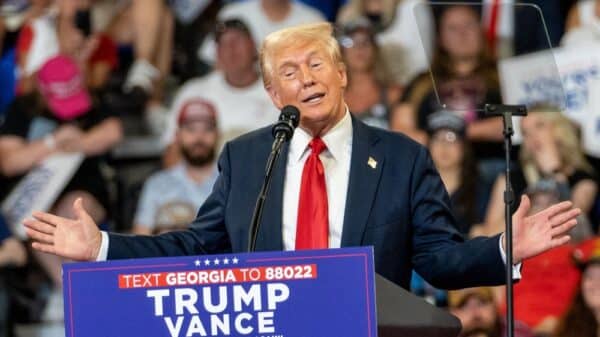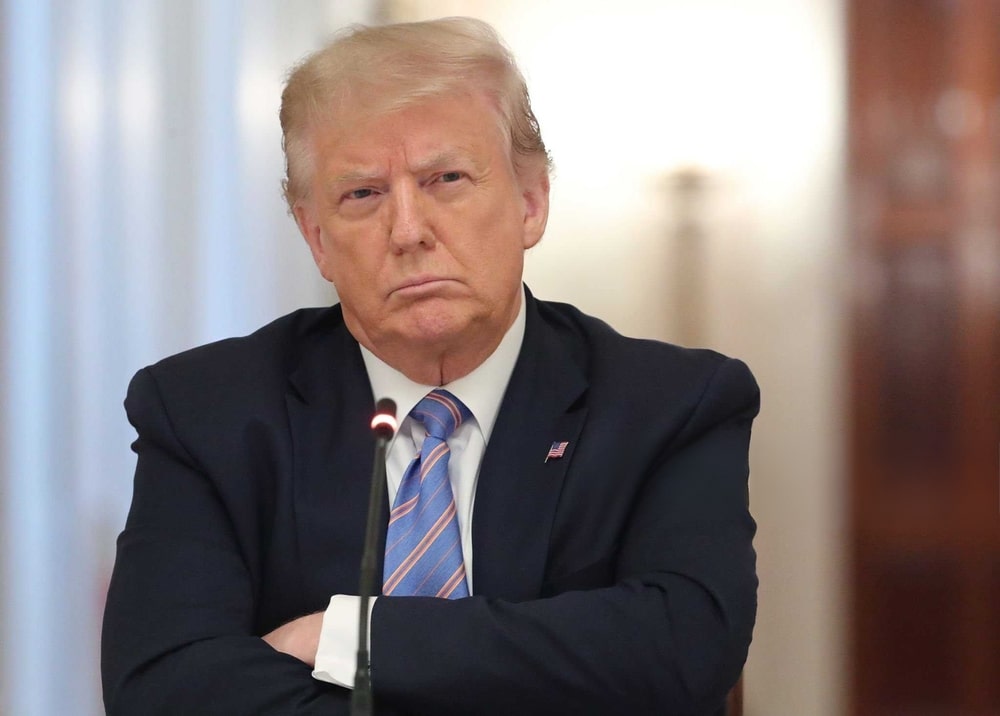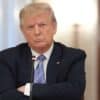President Donald Trump took the world by surprise on Saturday as he threatened to impose a staggering 30% tariff on imports from Mexico and the European Union, effective August 1. This bold declaration followed weeks of tense negotiations with two of America’s most significant allies and trading partners, which ultimately failed to yield a comprehensive trade agreement.
In a strategy that feels increasingly aggressive, Trump shared this news through letters addressed to European Commission President Ursula von der Leyen and Mexico’s President Claudia Sheinbaum, later posting the content on Truth Social. These actions signal a notable escalation in what many are calling a trade war.
The European Union and Mexico hold pivotal roles in the U.S. economy as some of its largest trading partners. By reaching out to 23 other countries, including Canada, Japan, and Brazil, Trump has set a series of sweeping tariff rates that range from 20% to an eye-watering 50%, with copper facing a targeted 50% tariff. This series of letters is not just a message; it acts as a warning, providing these nations a narrow window to negotiate terms that might help curb these hefty tariffs.
Aiming for a potential agreement, the EU had been working toward a comprehensive trade deal with the U.S., envisioning a collaborative relationship where tariffs could be minimized. However, the response from several EU officials suggests that Trump’s recent threats might be a tactical move designed to foster negotiation leverage. Their reactions convey a sense of urgency, and amidst these diplomatic concerns, Germany has been pushing for a swift agreement to protect its industries. Meanwhile, other EU nations, like France, remain cautious about falling into what they view as a one-sided deal in favor of U.S. interests.
In his letter to the EU, Trump issued a demand that Europe rescind its own tariffs as a condition for movement on any future agreements. “The European Union will allow complete, open Market Access to the United States, with no Tariff being charged to us, in an attempt to reduce the large Trade Deficit,” he asserted. This kind of rhetoric underscores the stark juxtaposition in how trade relationships are currently perceived.
EU President von der Leyen articulated her concerns, warning that the proposed tariffs could disrupt vital transatlantic supply chains, impacting businesses, consumers, and healthcare systems on both sides of the Atlantic. She echoed that while the EU remains committed to pursuing a trade agreement, it is prepared to protect its interests, signaling possible countermeasures if Trump’s plans move forward.
Turning to Canada, they received an even higher tariff rate of 35% compared to Mexico, even as Trump’s letters highlighted issues related to fentanyl—though statistics show far more of the drug is seized at the U.S.-Mexico border than at the Canadian border. Trump stated, “Mexico has been helping me secure the border, BUT, what Mexico has done, is not enough,” underscoring the urgency of addressing narcotics trafficking and its associated challenges in North America.
This complex relationship is further complicated by the fact that over 80% of Mexico’s exports are sent to the U.S. Their free trade partnership has propelled Mexico ahead of China, making it the top trading partner for the U.S. in 2023.
The EU had been geared up for Trump’s communication, bracing for a shift in the tariffs amidst his increasingly active tariff campaign. Originally, there had been hopes of establishing a sweeping trade agreement that eliminated tariffs altogether on industrial goods. But protracted negotiations have led to a more realistic outlook of settling for interim arrangements while keeping ambitions alive for future improvements.
Trump’s recent actions have not only escalated tensions but have also begun to rack up revenue for the U.S. government, with customs duties exceeding $100 billion in the fiscal year ending in June, according to Treasury data.
As the situation evolves, voices from Mexico, including President Sheinbaum and representatives from her Economy Ministry, have been notably quiet, leaving many to wonder how they will respond to this latest round of threats. The unfolding narrative is not just about tariffs and trade but strikes at the very heart of international relationships and domestic industries. Collectively, we find ourselves at a crucial crossroads, where the decisions made today may shape the economic landscape for years to come.
Image Source: Chip Somodevilla / Shutterstock




























